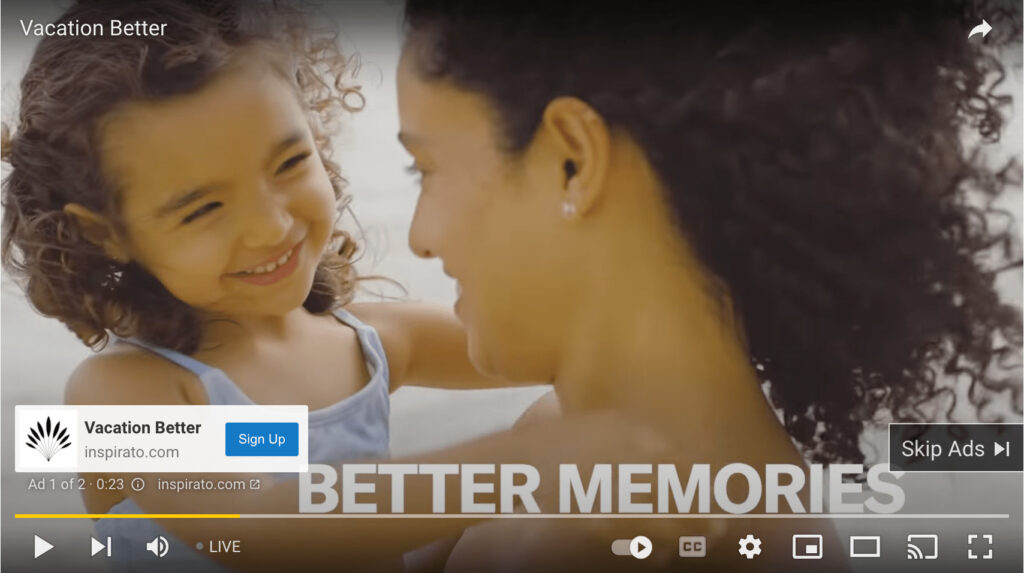How top brands are using connected TV to increase reach and drive results
By Google
Matt McDonald, head of emerging formats, YouTube
In the past year particularly, video streaming has emerged as people’s preferred way to enjoy content. During 2021, nearly 83% of households will have at least one connected TV used by at least one person every month. CTV is now mainstream viewing behavior in the U.S.
Advertisers have been creating for the TV screen for decades, but the CTV screen presents new opportunities for engagement. By pairing the precision of digital with the scale of linear TV, connected TV gives brands the best of both worlds. Based on YouTube internal data, in December 2020, for example, over 120 million people in the U.S. streamed YouTube or YouTube TV on their television screens.
Why are people choosing to experience their favorite YouTube content on TV? In large part, because they want to experience it with others. Based on three recent studies that Google commissioned with Nielsen in November 2019 and February 2020 found that 26% of the time, multiple viewers ages 18 and over watched YouTube together on the TV screen, compared to 22% who watched together on linear TV.
With that in mind, for marketers across verticals, there are three specific ways to use YouTube CTV Ads to go beyond linear TV and improve the impact of video campaigns.
How Kellogg leveraged YouTube to reach new audiences
As the linear TV audience continues to shift, advertisers are finding it increasingly difficult to reach the people they care about and make their media dollars stretch. For marketers working with CTV to complement or replace linear TV, case examples highlight how teams are reaching their target audiences and new audiences.
Global brand Kellogg is no stranger to innovation, as it continues to embrace new ways of approaching video, both creatively and in its media plans. Recently, the company’s marketing team began adding YouTube CTV to its video mix for brands like Special K to reach new customers.
Early in the new year, Special K ran a video campaign highlighting healthy habits. The team used YouTube’s Reach Planner tool to determine the right media mix. This approach paid off: More than a third of the audience reached by YouTube CTV was incremental to television.
Special K’s campaign also reinforced the momentum of co-viewing. Nielsen Total Ad Ratings, as commissioned by Google from January to March 2020, showed that 31% of the time the YouTube ad ran on CTV, multiple viewers ages 18 and over watched it together.
Case study: Coty drove full-funnel campaign goals
Connected TV screens can help achieve multiple marketing goals. Beyond efficiently reaching large audiences, CTV ads have also positively influenced mid-funnel metrics such as consideration.
With online shopping booming, beauty company Coty knew it would have to take a new approach for its 2020 holiday campaigns. To capitalize on YouTube’s growing watch time on CTV and build on past success with YouTube, Coty leveraged CTV for its fragrance, …read more
Source:: Digiday





